On my walk this weekend I collected stinging nettles and we have since had them in curry and soup as well as a lovely pesto for a tray bake. Nettles are a super duper food. Really, they are so good for you. If you would like more nutritional information about nettles I go into more specifics on my nutrition blog, Wellness with April. Do check it out.
Foraging for Nettles
You will need:
- a pair of gloves
- a long sleeved top
- a basket (or some similar collecting vessel)
Head out to your nearest patch of stinging nettles. This post on How to Identify Stinging Nettle has great information if you are not sure what a stinging nettle looks like. Although, if you have previously been stung by nettle I doubt you will need reminding. It may seem obvious, but for those that don’t know, nettles sting. They can leave red raised rash-like marks on your skin from just brushing against them and it is uncomfortable. If you are foraging with your children they should wear long trousers and be taught to identify the nettle as a first step to avoid being stung. That said, it is fairly easy to avoid being stung and if you get stung the sting will not last for too long, it is just often uncomfortable for children while it lasts.
This is the perfect time of year to be collecting nettles as the new spring growth has just come up. Making sure you are wearing gloves and longe sleeves pick off the top 6 leaves. Nettles grow with their leaves in pairs on opposite and alternating sides of the stem so you will pick the top three pairs. Like in the photo below.
When you are picking keep your eyes open for any leaves that are curled in on themselves and seem to be ‘glued’ in a tube like shape. This may just be a homemade safe place for an insect.
Only pick one plant at a time and be very careful you are only taking nettle. Check each nettle piece before you pop it in your basket to make sure you have the correct plant.
Once you have collected all the nettle you will need — and please only take what you need as nettle is an important food source for insects, like butterflies — it is good to leave your nettle to sit outside for an hour or so to let anything crawling crawl away. Now you can take it inside and wash it thoroughly before adding it to soups, stews, curries etc. Use it anyway that you would use spinach, except raw in salads. Don’t worry, once you cook it all the sting will be gone. Even the raw nettle in a pesto will not sting as it has been blended.
The simplest thing to use it for is tea. We do this with the children at Forest School every year. Once it is clean pop a handful in a mug, pour over boiling water and allow it to steep. Now, sit back and enjoy your tea knowing you are nourishing your body — for free! You can also forage nettle this time of year, dry it and enjoy nettle tea all year round.
There are a plethora of nettle recipes on the internet, a simple search will reveal lots. You can also find more suggestions of what to do with them and why on my nutrition blog.
Let us know which recipes you try. Share pictures with us on Facebook, twitter and/or instagram.
Happy foraging!
All the best,
April
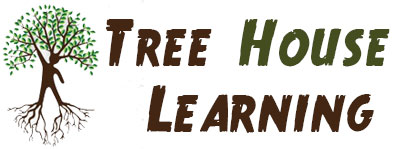
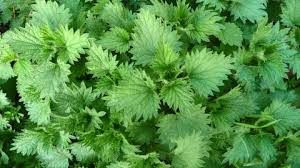
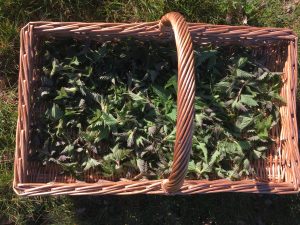
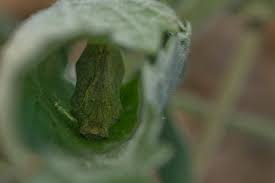
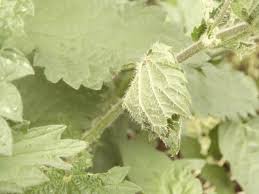

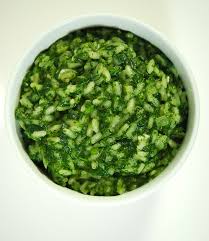




Leave a Reply